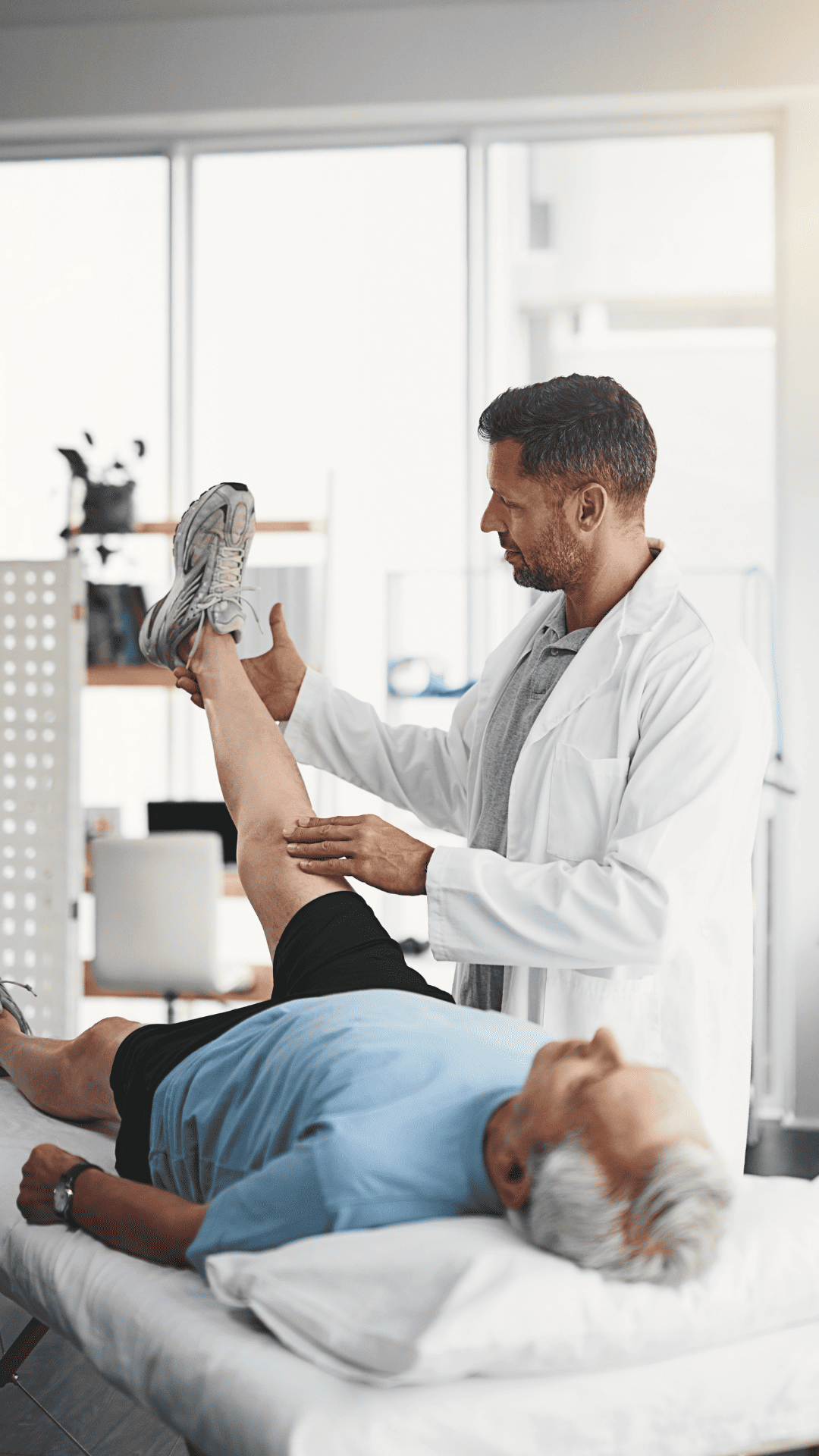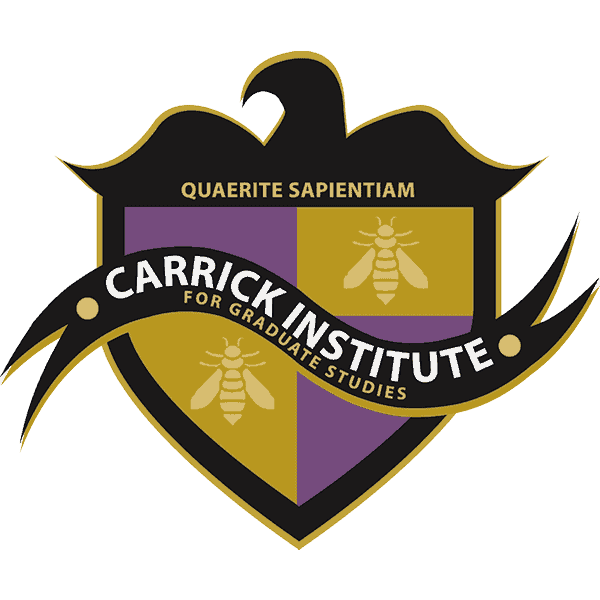Efferent Essentials
Techniques for Peripheral and Central Lesions
Cape Canaveral, FL & Live-Streaming
April 26-28, 2024
12 DAYS OF NEURO SAVINGS
Day 8 - Efferent Essentials
Save $200 off Efferent Essentials this Holiday Season!
This class is for practitioners looking to take their examination and treatment skills to the next level by focusing on the information gleaned from the efferent/motor system. This understanding leads to higher levels of performance and interpretation, leading to improved patient assessments and outcomes.
Efferent Essentials - Techniques for Peripheral and Central Lesions
Presented by: Dr. Norman Hoffman
This class is for practitioners looking to take their examination and treatment skills to the next level by focusing on the information gleaned from the efferent/motor system. This understanding leads to higher levels of performance and interpretation, leading to improved patient assessments and outcomes. Clinicians will learn how to leverage the efferent system in working with peripheral entrapment disorders, axial tone problems and their concomitants, disc lesions, discovering the longitudinal level of the lesion, cortical strategies, gait patterning, brain-based and manual treatment strategies, and more. This is a clinical techniques program, so be prepared to move and learn-by-doing.
This program gives clarity around the specificity of treatment by leveraging a new exam flow that can be performed in 5 minutes, from head to toe, not previously taught in ReceptorBased Essentials or Pain Reset®.
Easy to apply – At first, learning the breadth of the functional neurology paradigm can be daunting. Efferent Essentials solves this by focusing on the efferent system and how it can be leveraged clinically.
Fast – Learn an exam flow of the efferent system that can be done in just a few minutes in the office, on any patient. Quickly know where to focus your treatments, i.e., brain, nerve root, muscle, etc.
Practical – This program is a hands-on, learn-by-doing program where you can learn the skills you need during the three days of training and apply them immediately in clinical practice. No fancy euipqment needed. Just you, your hands, and what you will learn throughout the training is all that is needed.
Neurological Model in Clinical Practice – Efferent Essentials show you how efficient a neurological model can be to implement in practice. Clinicians find that by adding a neurological lens to their practice, they have more options and opportunities to succeed with their patients.
Hone your skills in assessment and treatment
For those who have taken the Carrick Institute’s foundational programs, this is a perfect next step as it builds upon the clinician’s skills in treatment and diagnosis of the level of neurological decompensation in your patients. If this is your first functional neurology course, you can add a host of skills to help you treat a variety of new conditions from a neurological perspective.
Efferent information from the central nervous system is one of the most valuable tools for determining the level of the lesion in complex clinical cases. This hands-on intensive course will give participants the skills to understand, perform, and interpret a neuro exam flow that can be easily implemented in clinical practice. Incorporate elements from your history, observations, and examination to know what exam procedures to perform and master your understanding of the results. This is not simply the performance of a series of memorized tests but a true understanding of why each test is important, what it means, and what to do about it.

Scholars Will Learn
- Case history skills that lead to an effective motor examination
- Protocol for observation of motor deficits
- Neuro exam patterns associated with
- patterns of prefrontal, frontal, temporal, parietal, mesencephalic, pontine, vagal, and cerebellar motor changes
- peripheral nerve entrapments
- cervical nerve roots
- lumbosacral nerve roots
- subclinical myelopathy
- Treatment options for each of these presentations
- Cross-correlation with other exam findings such as eye movements and sensory exams
- and more!
After the program, you will know –
- What is causing your patient’s problem
- Which area of their nervous system may require a brain-based approach
- When NOT to use certain manual therapies
- How to more quickly ascertain whether your treatment plan is appropriate for that specific patient
- Quickly find out which therapies TO LEVERAGE
- Efficiently help your patients so you don’t bog down your busy practice
Who is this class for?

This class is for practitioners looking to take their examination and treatment skills to the next level by focusing on the information gleaned from the efferent/motor system
The healthcare professionals that can attend this program are MD, DC, DO, PT, OT, ATC, LMT, ND, LAc, PA, NP, and CA (If accompanied by DC).
Efferent Essentials Detailed Course Outline
Chapter 1 – Functional Neurology of the Efferent System / Manual Muscle Testing
- Renshaw cells
- Recurrent Inhibition
- Eccentric contraction vs concentric contraction for testing motor output
- Descending control of motor output
Chapter 2 – Overcoming Challenges
- Reliability
- Force curves
- Objective measurement tools
- Measuring Tone vs Strength
- Grading Systems
Chapter 3 Neurology of Muscle Tone
- Corticospinal Excitability
- Motor output
- Muscle spindle and GTO response
- Spinal interneurons
- Dorsal Columns
- Nucleus gracilis and cuneatus
- Spino-olivary tract
- Spino-cerebellar tract
- PMRF
- Vestibular nuclei
- Limbic system
- Ruffini corpuscles
Chapter 4 – Upper Extremity: Shoulder/Elbow – Assessments, Clinical Implications and Treatment
- Deltoid
- Levator Scapulae
- Rhomboids
- Supraspinatus
- Biceps Brachii
- Brachialis
- Pectoralis Major – Sternal and Clavicular Divisions
- Teres Minor
- Infraspinatus
- Subscapularis
- Serratus anticus
- Latissimus Dorsi
- Teres Major
Chapter 5 – Upper Extremity: Wrist/Hand – Assessments, Clinical Implications and Treatment
- Opponens Pollicis
- Opponens Digiti Minimi
- Extensor Pollicis
- Wrist Extensors
- Wrist Flexors
- Finger Extensors
- Dorsal Interossei
- Abductor Pollicis Longus and Brevis
- Flexor Pollicis Brevis
- Flexor Digitorum
Chapter 6 Upper Extremity: Nerve Impingement Syndromes
- Suprascapular Nerve Entrapment
- Median Nerve Entrapment
- Supracondylar
- Pronator teres
- Carpal Tunnel
- Ulnar Nerve Entrapment
- Intramuscular Septum
- Arcade of Struthers
- Cubital Tunnel
- Forearm Flexors
- Radial Nerve Entrapment
- Triangular Space
- Spiral Groove
- Lateral Intermuscular Septum
- Rule of Nine
- Axillary Nerve Entrapment
- Long Thoracic Nerve Entrapment
- Modified Tinel Tap Testing
- Thoracic Outlet Syndrome
- Vascular
- Neurogenic
- 4 Treatment Strategies – Cervical Disc Syndrome
Chapter 7 – Axial Tone and the Central Nervous System
- Major Influences on Axial Tone
- Case Examples
- Concussion
- Neurodevelopmental Disorders
- Immune System Disorders
- Anxiety Symptoms
- Status migrainous
- Visual Snow
- Assessment and Treatment Model
Chapter 8 – Discovering the Logintidual Level of the Lesion
- Corticospinal Excitability
- The Pons and the Vestibulospinal Tract (VST)
- Manual Muscle Testing and Interpretation
- Comparison with Posturography
- Dual Tasking The VST
- Diaschesis, Transneuronal Degeneration and Dedifferentiation
- Clinical Presentation
- The Mesencephalon and the Rubrospinal Tract
- Manual Muscle Testing and Interpretation
- Dual Tasking the Mesencephalon
- The Corticoreticulospinal Tract (CReST)
- Manual Muscle Testing and Interpretation
- Dual Tasking the Cerebral Cortex
- Paleocortex
- Prefrontal Cortex
- Temporal Lobe
- Parietal Lobe
- Limbic Lobe
- Colliculo-thalamic Loops
- Medulla Oblongata
- Interstitiospinal and tectospinal Tracts (IST and TST)
- Manual Muscle Testing and Interpretation
- Dual Tasking the Interstitial Nucleus of Cajal and the Cervico-ocular responses
- Windup Phenomenon, Basal Ganglia, and Manual Muscle Testing
Chapter 9 – Functional Neurology Paradigm Interventions
- Subclinical Myelopathy
- Clinical Presentation
- Assessment and Treatment
- Pontine strategies
- Mesencephalic strategies
- Cerebellar strategies
- Frontal and Prefrontal Strategies
- Temporal strategies
- Parietal strategies
- Limbic strategies
- Medullary strategies
- Basal Ganglionic Strategies
Chapter 10 – Lower Extremity Hips – Assessments, Clinical Implications and Treatment
- Psoas
- Iliacus
- Thigh Adductors
- Transversus Abdominus
- Sartorius
- Tensor Fascia Lata
- Gluteus Medius
- Gluteus Maximus
- Piriformis
- Rectus Femoris
Chapter 11 – Lower Extremity: Knees – Assessments, Clinical Implications and Treatment
- Vastus Medialis Obliquus
- Vastus Lateralis
- Semimembranosus / Semitendinosus
Chapter 12 – Lower Extremity: Ankles – Assessments, Clinical Implications, and Treatments
- Tibialis Anterior
- Tibialis Posterior
- Gastrocnemius
- Soleus
- Peroneus Longus and Brevis
- Extensor Hallicus Longus and Brevis
Chapter 13 – Lower Extremity: Nerve Impingement Syndromes
- Piriformis Syndrome
- Comparison to Lumbar Root Lesion
- Common Peroneal Nerve
- Superficial Peroneal Nerve
- Tarsal Tunnel Syndrome
- Morton’s Neuroma
- 3 Treatment Strategies – Lumbar Disc Syndrome
Chapter 14 – Gait Pattern Analysis
- Propulsive Gait
- Scissor Gait
- Spastic Gait
- Steppage Gait
- Waddling Gait
- Weakness Gait Patterns
- Gluteus medius weakness
- Tibialis anterior weakness
- Quadriceps weakness
- Gluteus Maximus weakness
- Gastrocnemius weakness
Course Information
Included In Your Tuition
25 Neurology Hours & Training with Dr. Norman Hoffman
Receive any future updates to the course videos or other materials
All-Access to the digital recording of the class
All-Access to the flipped classroom material and online videos, including updates. The clinical applications will be organized and updated so you can easily find them, review them, and implement them in practice.
Re-attendance – Retake the class on-site, via Livestream, or via online, self-paced learning as many times as you’d like as an audit.*
For more information on CE/CME eligibility, visit https://carrickinstitute.com/ceinfo/
Continuing Education
Continuing education requirements to maintain certification status through a professional association are usually separate from the state board’s requirements. In order to maintain your certification status in your state please submit a State Continuing Education Application Form.
*We cannot guarantee approval for individual state CEUS. Each state has different rules and regulations. State Applications need to be submitted at least 90 days prior to the state date of your course*
Recertification / Diplomate Requirements: All Carrick Institute courses are approved by the ACFN & ACNB.
Get Started
JOIN US ONLINE OR AT ONE OF THE LIVE LOCATIONS LISTED BELOW!
Upcoming Course Dates
- There are no upcoming events.
HOTEL / VENUE INFORMATION
REGISTER HERE
-
(530) Efferent Essentials – Techniques for Peripheral and Central Lesions
$999.00 Select options This product has multiple variants. The options may be chosen on the product page




